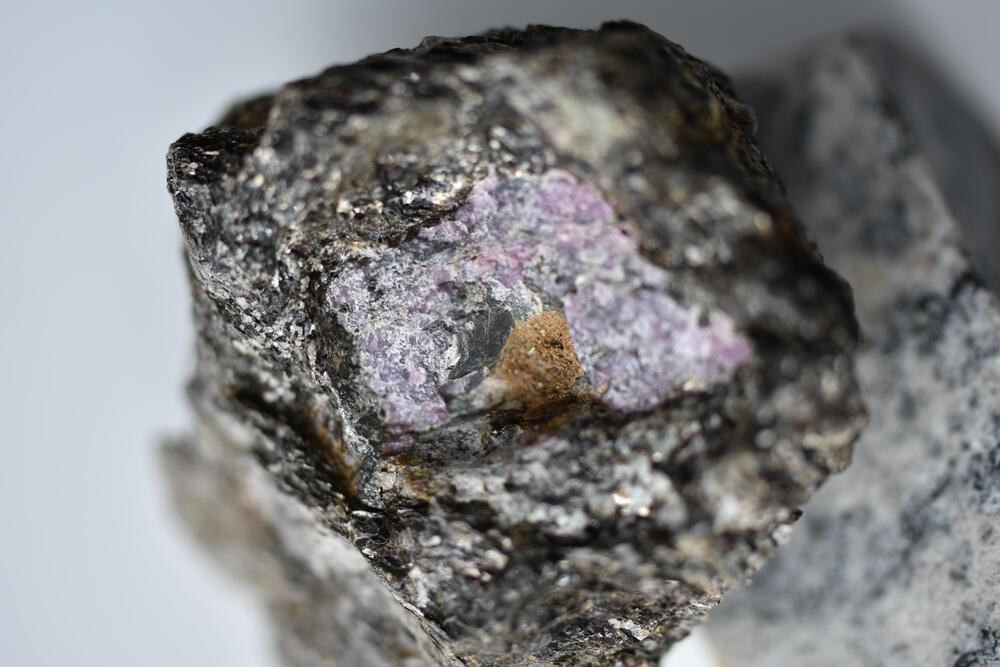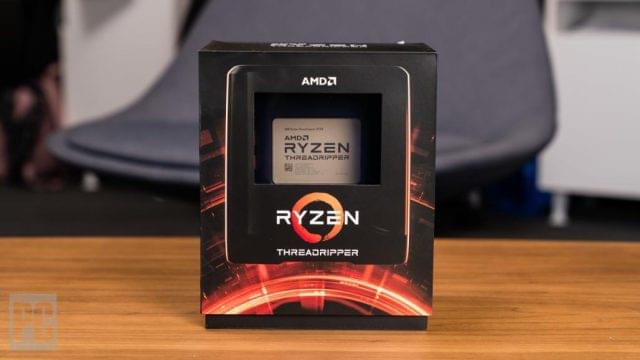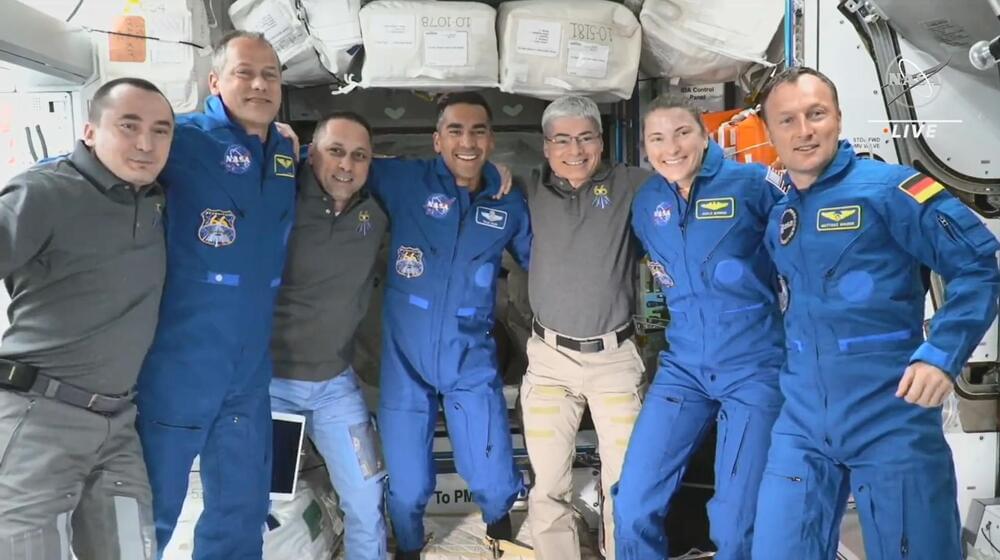If you own any piece of jewelry with a ruby, you’re probably never going to look at it the same way again.
Forget those perfect gemstones you see glittering in store displays. What scientists are looking for are the flawed ones — the ones that contain inclusions which can whisper the secrets of Earth’s distant past, like that tardigrade trapped in amber. When researcher Chris Yakymchuk and his team unearthed a peculiar ruby in Greenland, the inclusion they found was what remained of life that was over 2.5 billion years old.
What was inside the ruby sounds common enough. Graphite is the same material pencils write with, but it is also a pure form of carbon that Yakymchuk determined to be all that was left of prehistoric microbes, possibly the same cyanobacteria (blue-green algae) that first released oxygen into Earth’s atmosphere through photosynthesis. He led a study recently published in Ore Geology Reviews.




